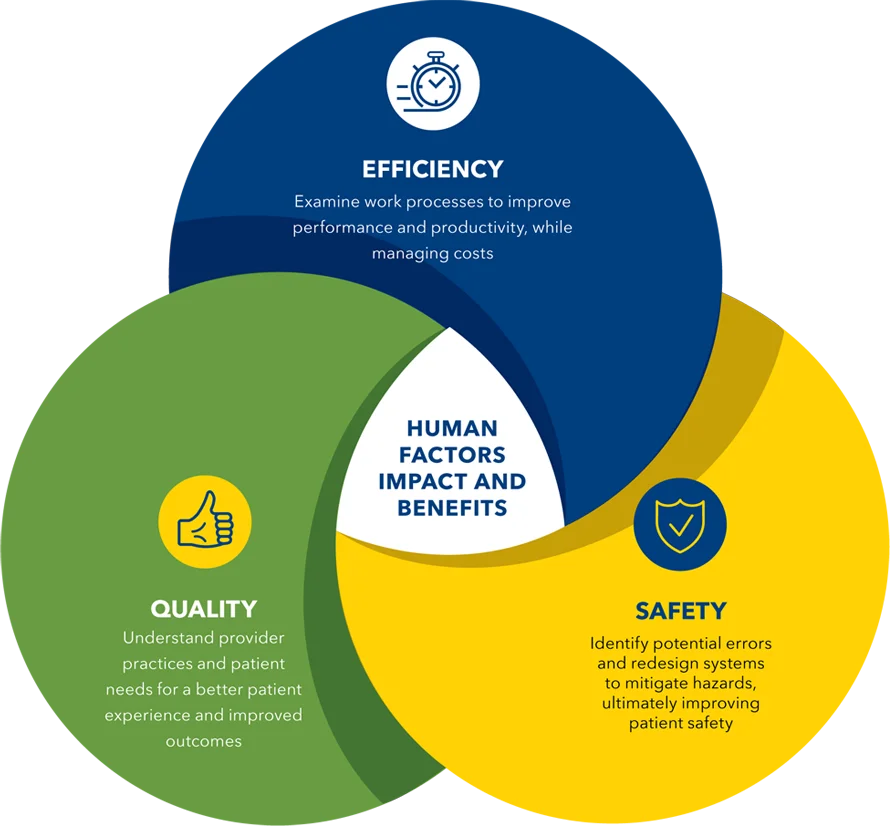- Know Everything About Nipah Virus, Which Is Back In Kerala Again
- Kevin Porter Jr Arrested On His Girlfriend’s Assault Charge
- Market Change Overnight - Know The 8 Things That Did It
- Who Are Alba Baptista And Chris Evans Married On The Weekend?
- Disrupted India vs Pakistan Asia Cup 2023 Match on Reserve Day
- 10 Common Foods That Contain No Calories or Are Very Low in Calories
- Men’s Styling Tips - Know the 9 Common Style Mistakes to Avoid
- Coco Gauff Beats Karoline Muchova and Reaches the US Open Final
- Danny Masterson Gets Life Sentence of 30 Years for Two Rapes
- Experience A Splendid Vacation in Kashmir with These 15 Gorgeous Sights
- India
- Friday , April 19, 2024
- Last Published Sep 12, 2023, 6:48:32 PM

How Healthcare Human Factors Contribute to Increased Patient Safety?
Human factors in healthcare research incorporate both what has been gained by experience in similar scenarios and the most recent scientific studies. The objective is to create workplaces that consider this understanding of human behaviour, capacities, and limits. It accepts the realities of human imperfection while also developing tools to assist companies in dealing with them more effectively. Taking human aspects into account, businesses design workplaces that maximize process and system performance while simultaneously promoting workplace productivity, stability, and well-being. A case in point of the critical nature in healthcare comes from the United Kingdom's National Health Service, where an estimated 150 unnecessary fatalities occur each week.
Human factors research and practice are often grouped into three broad categories:
Analysis of Human Factors Human factors analysis is concerned with ensuring that designers take human behaviour into account when building workplaces. The goal is not to force humans to adapt to a failing system. Rather than that, systems should adapt to the way humans interact with them. When studying a system or process in the context of human factors, there are often three areas to focus on:- Workplace factors: examining concerns such as regular interruptions and disruptions, unclear or absent instructions, loud or unpleasant work environments, and a heavy workload.
- Human factors: determining employee knowledge and skill levels, as well as which employees become restless, distracted, exhausted, or discouraged.
- Organizational factors: they may include insufficient planning that results in high-pressure circumstances, a lack of safety measures, bad reaction to past events, and a communication gap between management and staff.
- Engineering of Human Factors
- Ergonomics and Human Factors
Human Factors Applications in Health Care
Human factors specialists in health care work to enhance the interactions between people and systems for everyone involved — health care providers, patients, and family members. Their work may be devoted to boosting the safety and usefulness of a specific product – such as a medical gadget – or upgrading a whole care delivery process or organizational culture. These professionals aim to comprehend the various aspects affecting the system's performance — the physical environment; the tasks, tools, and technology involved; and the organizational settings under which work happens — and then develop systems to enhance patient safety and team performance.These techniques can be used to do the following:
- Endeavour to limit clinician mistakes.
- Enhancement of clinician performance.
- Enhance the provision of evidence-based medicine.
- Increase the care's patient- and family-centeredness.
- Enhance communication between patients and providers.
- Efficiencies and non-value-adding tasks should be reduced.
- Lessen clinician fatigue and increase job satisfaction












